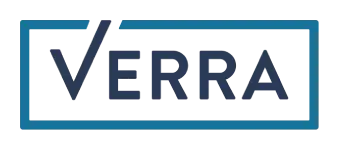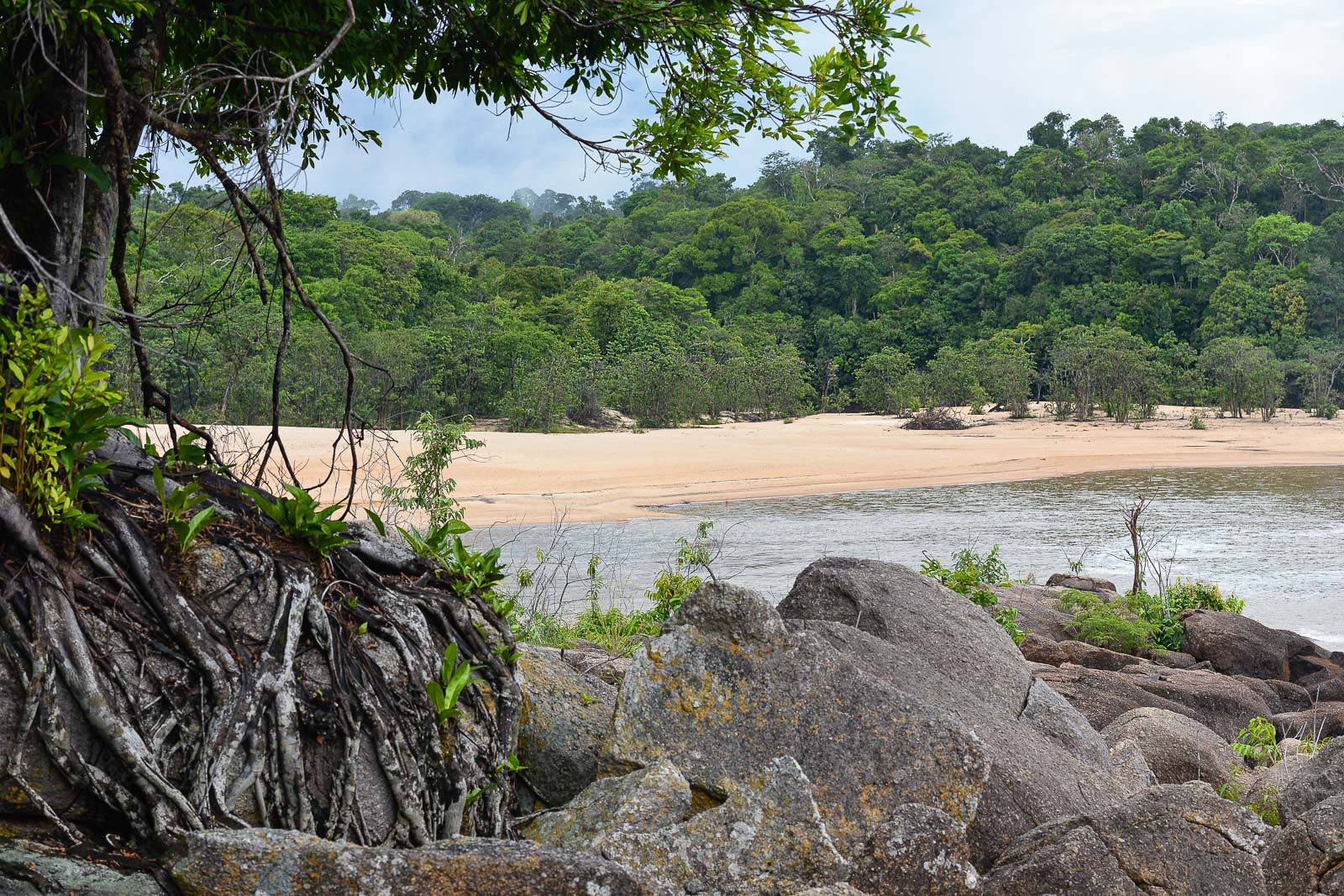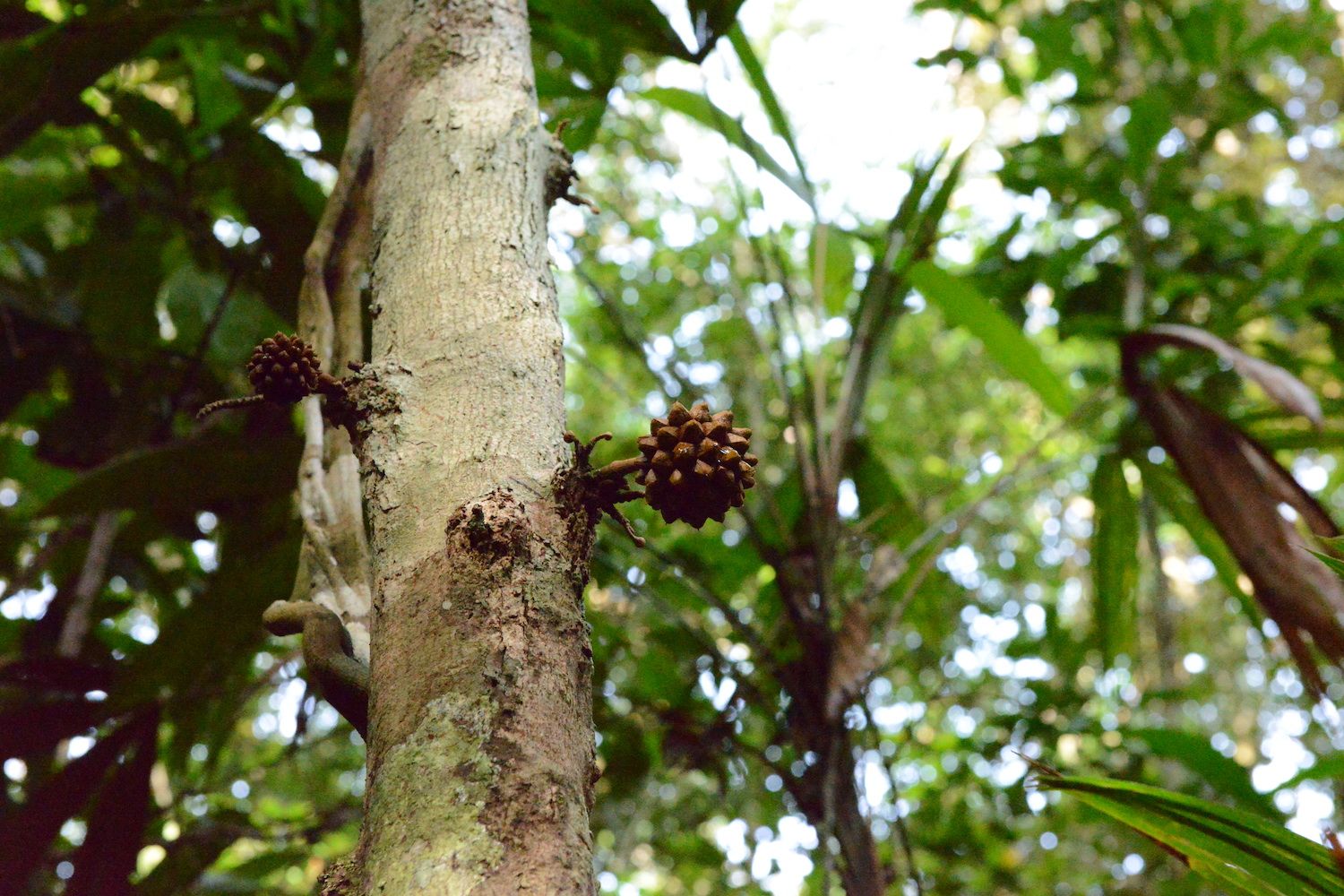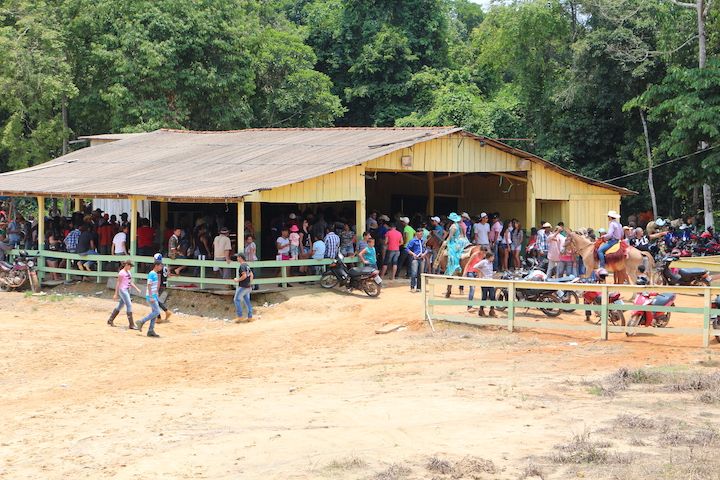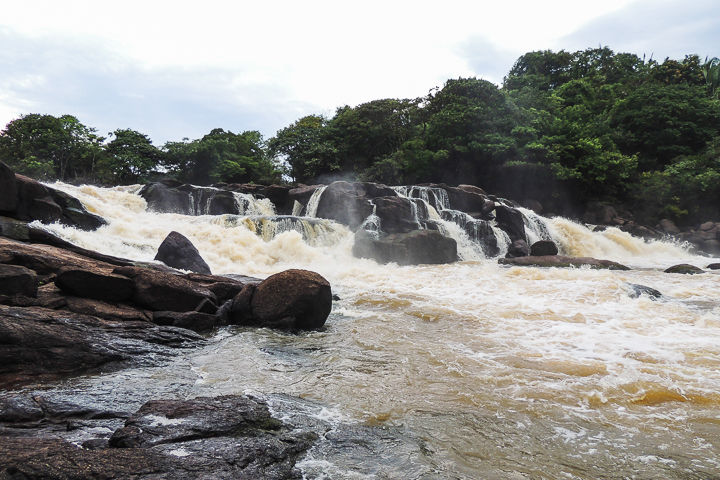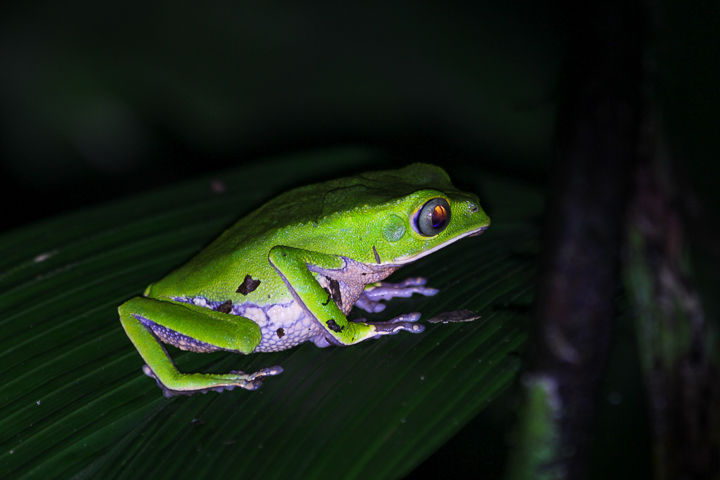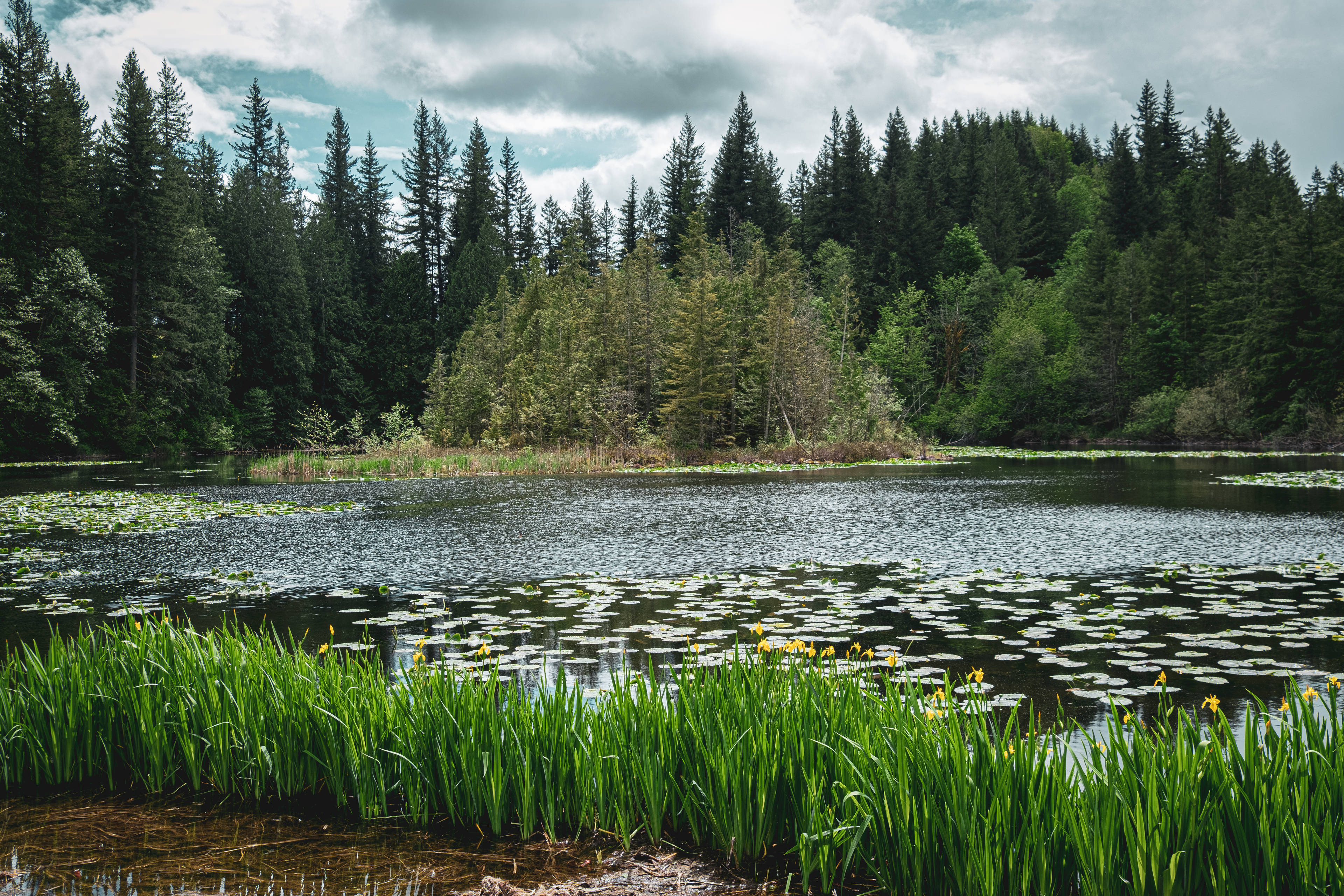Protecting one of Rondônia’s few remaining private forests through sustainable management
Manoa farm’s first sustainable management plan was established in 1997. They’ve spent years improving low-impact harvesting techniques, ultimately becoming a global model for other projects. The rotation is divided into intervals called “cutting cycles” of 30 years to ensure maintenance of mature species, allow the forest to regenerate, and allow species diversity to perpetuate.
Manoa’s project activities and planning are supported by the project developer Biofílica. They are a Brazilian company that promotes the environmental conservation and reduced deforestation in forest areas in the Amazon. The land is owner by Grupo Triângulo, are a responsible timber producer that invests in the conservation of its native forests through responsible management.
Manoa Farm has now been recognized by FAO (food and ag organization of the U.N.) as an exemplary case of sustainable forest management.

The project covers an area of approximately 74,000 hectares of native forest.
